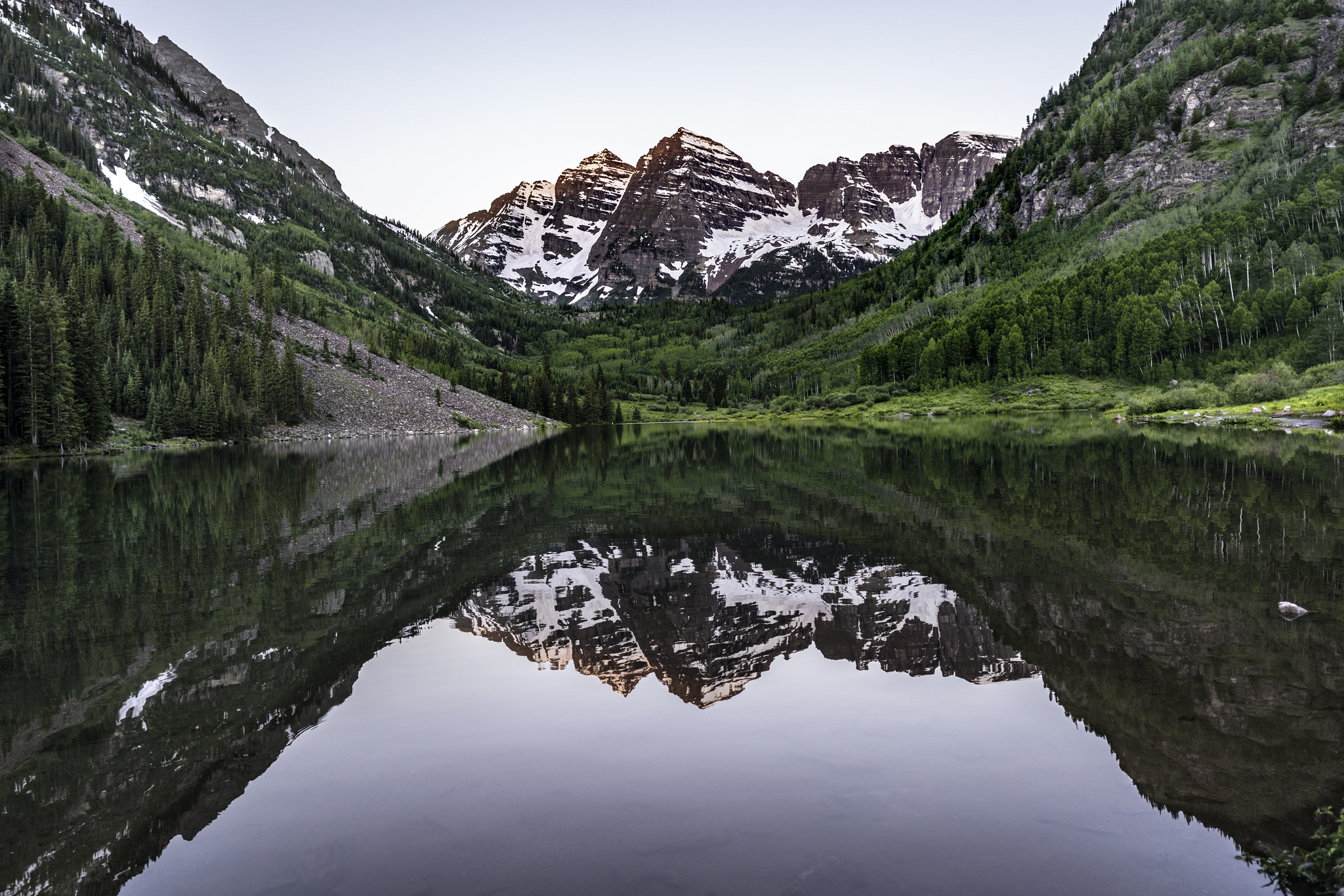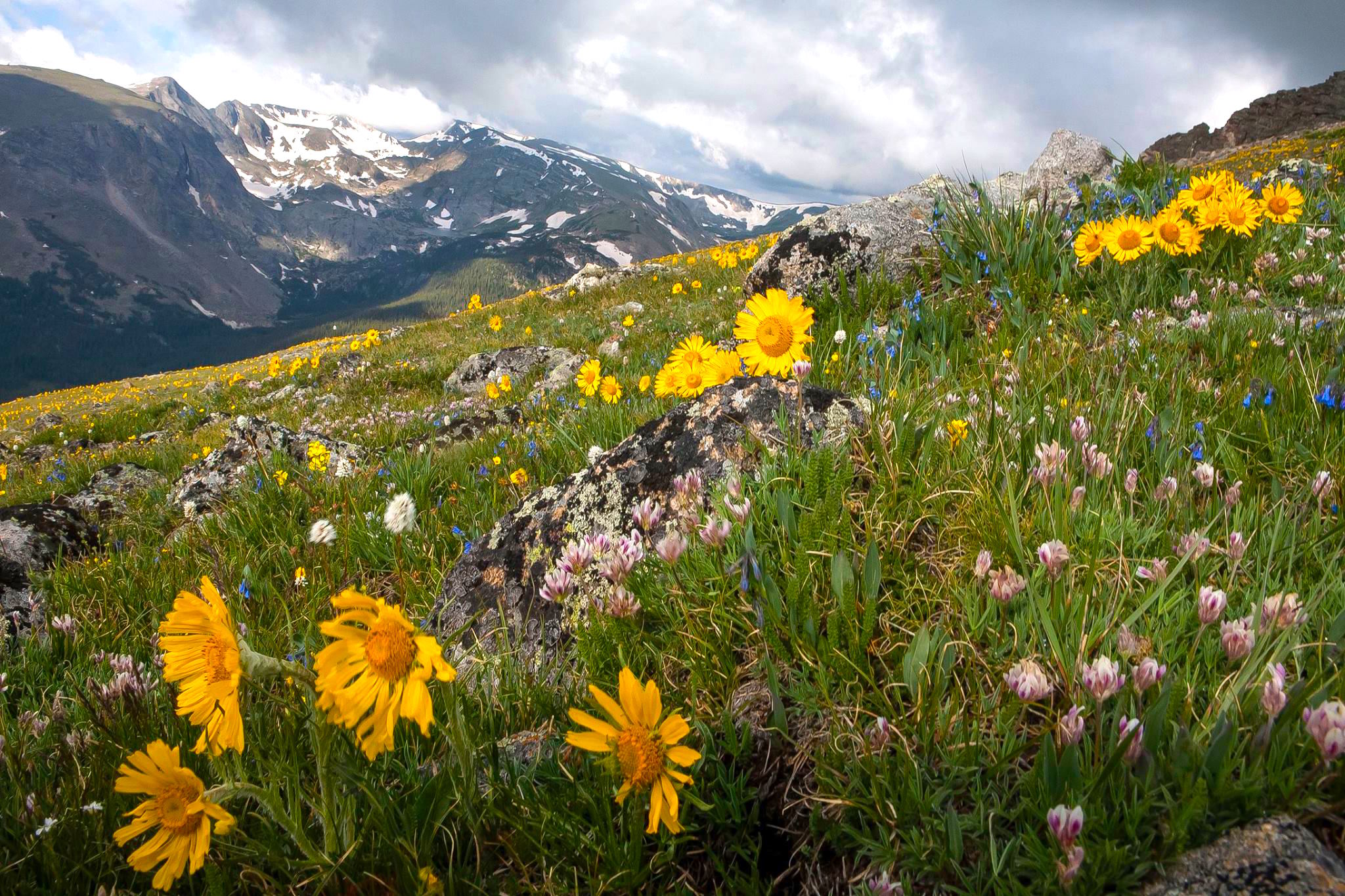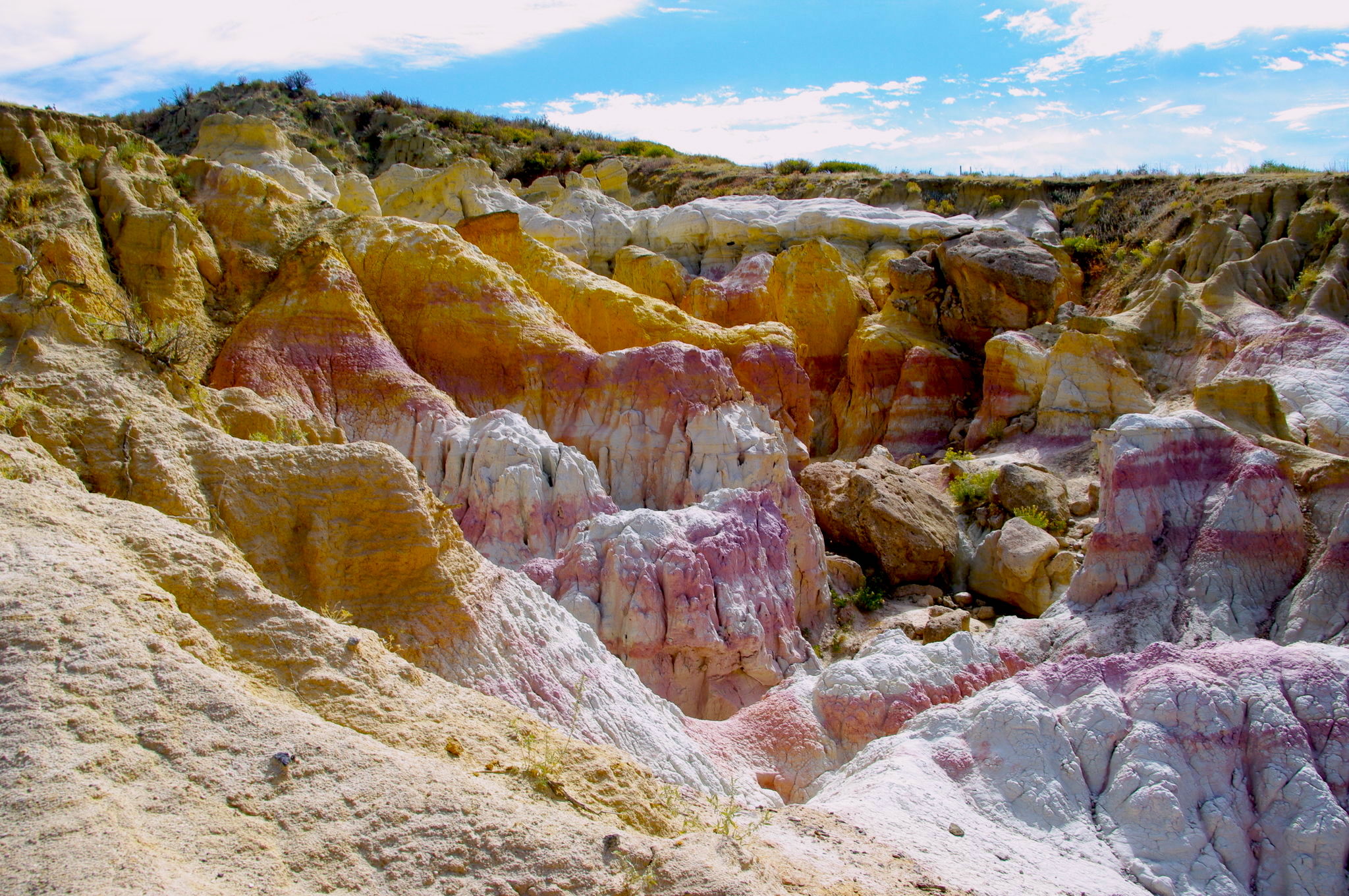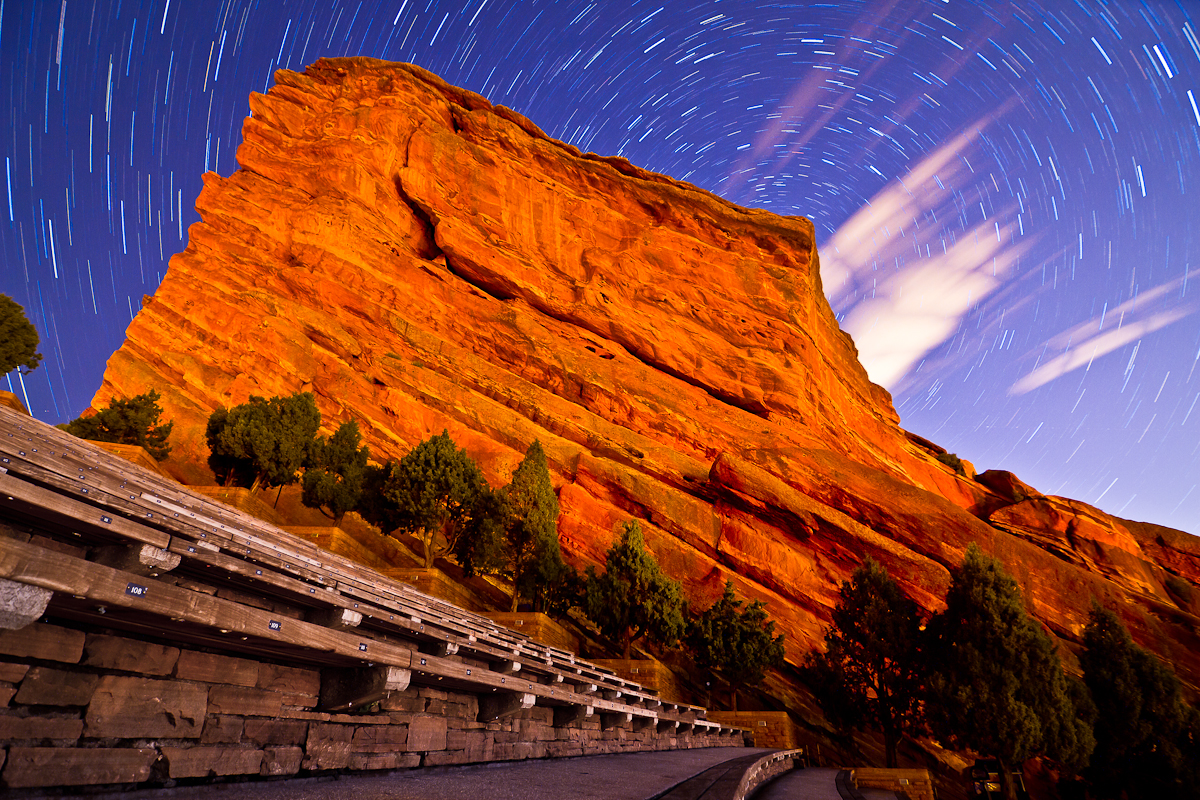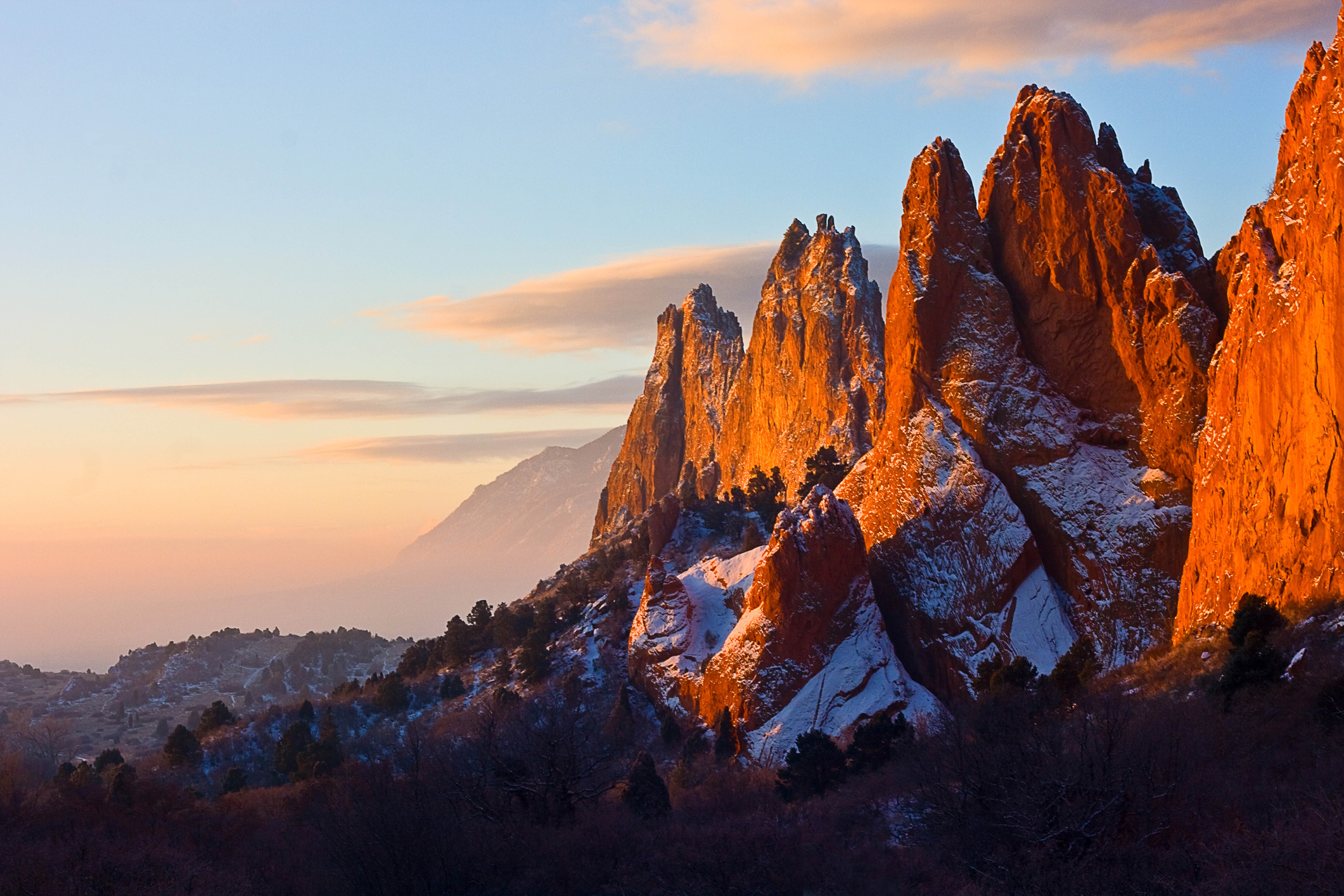Colorado is full of some of the most beautiful natural formations in the world — and we’re lucky to live here. Each year photographers — amateur and professional alike — come here to try their hand at capturing the beauty that Colorado holds. From towering mountain peaks to colorful clay deposits on the plains, Colorado has a range of natural wonders for your eye.
Maroon Bells
The Lowdown: If you’ve seen a picture of Colorado there’s a chance it was of the Maroon Bells. These peaks tower over the surrounding landscape. At 14,000 feet it is easy to view their magnificence from anywhere. The Maroon Bells are one of Colorado’s iconic landscapes and host around 300,000 visitors per year.
How to Get Here: To get to the Maroon Bells you will likely need to take a bus from Aspen as there is very limited private vehicle access. The bus picks up at the Aspen Highlands and drops you off at the Maroon Bells. It’ll cost you $5 on weekdays and $10 on weekends but the price you pay is worth the view of these iconic Colorado Mountains.
Rocky Mountain National Park
The Lowdown: Rocky Mountain National Park is listed as one of the 10 most visited national parks by National Geographic — and for good reason. This breathtaking nation park spans 415 square miles and is filled with natural beauty. RMNP has over 300 miles of hiking trails to let you explore this sprawling protected area. Honestly here you could point your camera in any direction and still take a good picture — the park is that amazing.
How to Get Here: To get to RMNP you’ll want to head north through Boulder and Lyons before heading into the mountains. Once you pass through Estes Park you’re almost there. It’s just a short drive from there to the entrance of this beautiful park. For a price of $35 per vehicle or $20 per person, this awe-inspiring park is worth the small fee.
READ: Best Hidden Hikes in Rocky Mountain National Park
Union Station
The Lowdown: One of Denver’s most iconic locations — Union Station has become a hub for more than just trains. Union Station has become host to many of Denver’s finest shopping and dining experiences all tucked within this historic building. This beautiful spot in downtown Denver leaves you with many photo opportunities. Grab a picture of the fountains out front, or the stark orange sign, all of this urban beauty is tucked right in Denver.
How to Get Here: Union Station is easy to find. From any of the surrounding Denver suburbs — just head in towards downtown Denver. Tucked on Wynkoop street between 16th and 18th street you’ll find Union Station.
The Manitou Incline
The Lowdown: What used to be an old cable car track — the Manitou Incline is now a hiking trail in Manitou Springs that is not for the faint of heart. Climbing nearly 2,000 feet in a little less than one mile the Manitou Incline will kick your butt. If you can catch your breath enough to turn around you’ll see an astonishing view of Colorado Springs and the surrounding mountains. Once you reach the top your hard work is all rewarded with a panoramic view of the surrounding landscape.
How to Get Here: For those willing to take this challenge — head south on I-25 out of Denver till you reach highway 24 and take it west towards Manitou Springs. Once you reach Manitou Springs you can park in the Barr Trail lot or along Ruxton Road. The Incline is open from 6 a.m. – 6 p.m.
READ: Everything You Need to Know to Survive the Manitou Springs Incline
Crested Butte
The Lowdown: Famous for changing trees in fall and wildflowers in spring — Crested Butte is the essence of Colorado beauty. This beautiful town is swaddled in a jaw-dropping valley. Take the time to hike to the top of Mount Crested Butte to see 360-degree views of this beautiful landscape or take full advantage of the bright, multicolored shops and restaurants of downtown to get that picture perfect photo background. Each moment spent in this unique town presents you with ample opportunities to grab a quick, cute photo of a loved one or friend.
How to Get Here: From Denver, you’re going to head southwest on highway 285 through Conifer and Fairplay. Once you hit Poncha Springs you’ll take highway 50 west passing by Monarch Mountain before finally reaching Gunnison. After you reach Gunnison you’re just a short 30-minute drive from the beauty of downtown Crested Butte.
READ: A Weekend Guide to Exploring Small Colorado Mountain Towns
The Paint Mines
The Lowdown: Stepping into the Paint Mines Interpretive Park feels like stepping into an alien landscape. The small shallow canyons of colorful clay provide unique backgrounds for each photo you take. This colorful clay was originally collected by Native Americans in the area to be used as paint. Enjoy your time hiking through this unique landscape as you think about the rich history that this land holds.
How to Get Here: From Denver — head south on I-25 till you reach Castle Rock. From there you can take Lake Gulch Road to Colorado 83. Follow that south until you reach Hodgen Road. Take Hodgen Road onto Murphy Road to highway 24 going east. It’s just a short drive along highway 24 before you turn south onto North Calhan highway. At this point, the Paint Mines should be just east of you.
Red Rocks Park and Amphitheatre
The Lowdown: Red Rocks is one of, if not the best, outdoor venues in the country. Listening to your favorite band play live while looking at the stars over the red sandstone surrounding you is an out of body experience, but this venue is also beautiful in the daylight. Climb to the top of the steps and take a picture facing down towards the stage or do the opposite and stand on the stage looking up at the 70 rows of seats in front of you. If you’re lucky you might be able to get a shot of the venue without anyone else in it, but it has become a popular outdoor workout location for many Colorado residents.
How to Get Here: Red Rocks is extremely easy to get to from Denver. Simply head west on highway 6 until you reach I-70. Take this until you see exit 259. Use the left two lanes to turn south and head towards Red Rocks. From here you’ll see multiple park entrances. Feel free to enter any of them as they all lead to parking lots. I find it easiest to park at the upper north lot if you’re looking for easy access to the amphitheater.
Garden of the Gods
The Lowdown: The Garden of the Gods is a national natural landmark in the heart of Colorado Springs. The Garden of the Gods is a photographer’s dream. These towering, free-standing red sandstone features grab your attention and refuse to let it go. Dotted along the rocks you will see birds, trees and even rock climbers from time to time. Inside the park — the north end of Juniper Way Loop gives you a perfect view of the Garden of the Gods in its full glory.
How to Get Here: From Denver — head south on I-25 for about an hour and a half. Once you’re in Colorado Springs — turn onto Garden of the Gods Road heading west. Take that until you reach North 30th Street. Take North 30th Street south and you’ll soon be greeted by the towering rocks ahead of you.
Horsetooth Reservoir
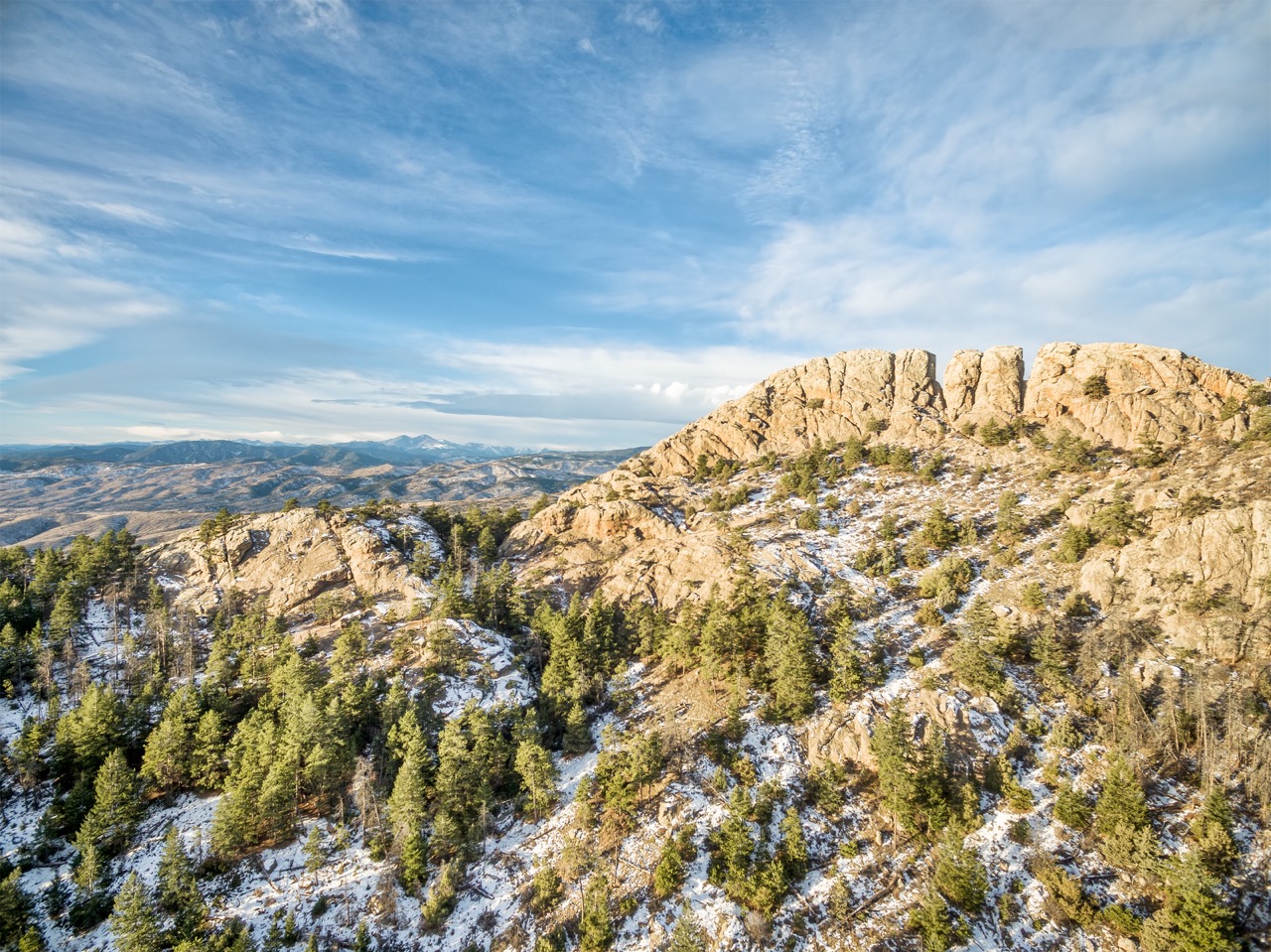
Horsetooth Rock, a landmark of Fort Collins, Colorado, winter scenery with some snow and Rocky Mountains in background (via thinkstock)
The Lowdown: Just outside of Fort Collins is the beautiful Horsetooth Reservoir. These six and a half miles of water are surrounded by more than 1,900 acres of public land for you to enjoy. Come in summer to enjoy a day of boating or in spring to enjoy wildflowers and hiking. This beautiful reservoir gives you limitless opportunities for eye-catching pictures of nature reflecting off the waters. Take the time to sit and capture a truly awe-inspiring Colorado sunset bouncing off the waters of Horsetooth Reservoir.
How to Get Here: Head north on I-25 from Denver until you reach Fort Collins. Take exit 265 onto East Harmony Road and follow that until it turns into West County Road 38. This will take you directly to the reservoir and — traffic depending — you should be there in just under an hour and a half.
Great Sand Dunes National Park
The Lowdown: Tucked up against the peaks of the Rocky Mountains you wouldn’t expect to find towering sand dunes, but that is exactly what you will find in the San Luis Valley of Colorado. These are the tallest sand dunes in North America and are the perfect opportunity to get a contrasting image of towering dunes with mountain peaks. The Great Sand Dunes National Park is one of Colorado’s best locations for photography. Climbing to the top of a monumental sand dune before turning and taking a picture of your prints in the sand is an experience you have to do in your lifetime.
How to Get Here: From Denver — take highway 285 until you reach the San Luis Valley. From here you’ll separate and head onto Colorado Highway 17. At this point, you’ll be able to see the sand dunes — and for a while, it will feel like you’re making no progress towards them, that’s part of the magic of the San Luis Valley. Eventually, you’ll cut from Colorado Highway 17 to Colorado Highway 150 and you’ll be at the park. For a fee of $20, you’ll have access to the park for seven days.
READ: Exploring the Lesser-Known Zapata Falls Near The Great Sand Dunes
Telluride
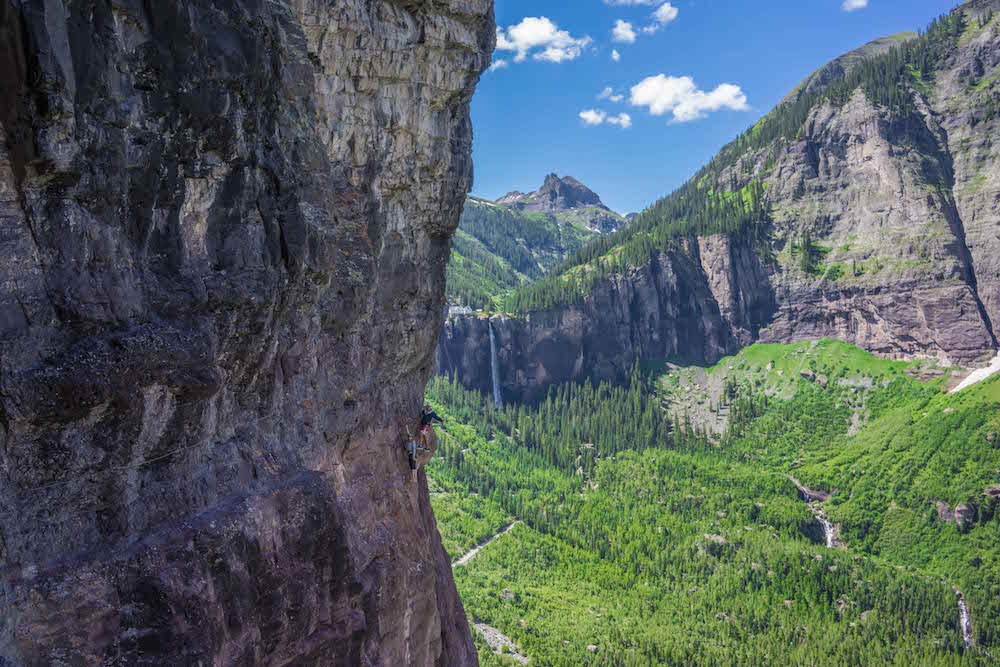
Photo by Brittany Werges.
The Lowdown: Telluride, Colorado is one of Colorado’s model mountain towns. From skiing to hiking to everything else in between — Telluride has it all. Enjoy this beautiful town nestled in the mountains of southwest Colorado. There are wildflowers in spring, frozen waterfalls in winter, and sweeping mountains all year round. This town has become one of Colorado’s most famously photographed destinations and with the sheer amount of breathtaking natural landscapes nearby — it is not hard to see why.
How to Get Here: To get to Telluride from Denver you’ll want to head west on I-70 until you reach Grand Junction. From there head south along highway 50 to Montrose where you’ll switch to highway 550. From here you’ll quickly get to Ridgway and you’ll want to get on Colorado highway 62 to Placerville. Then just jump on Colorado highway 145 and you’ll be in Telluride before you know it.
—
Colorado is full of beautiful natural and manmade landscapes. This list is far from full or even near complete. Off every beaten path or county road is a location worth photographing. Take the time to explore the lesser known parts of Colorado as well as the famous ones. This state is breathtaking and we at 303 Magazine are extremely lucky to call it home. Grab your camera, find your sense of adventure and head out into the wild that is Colorado.

